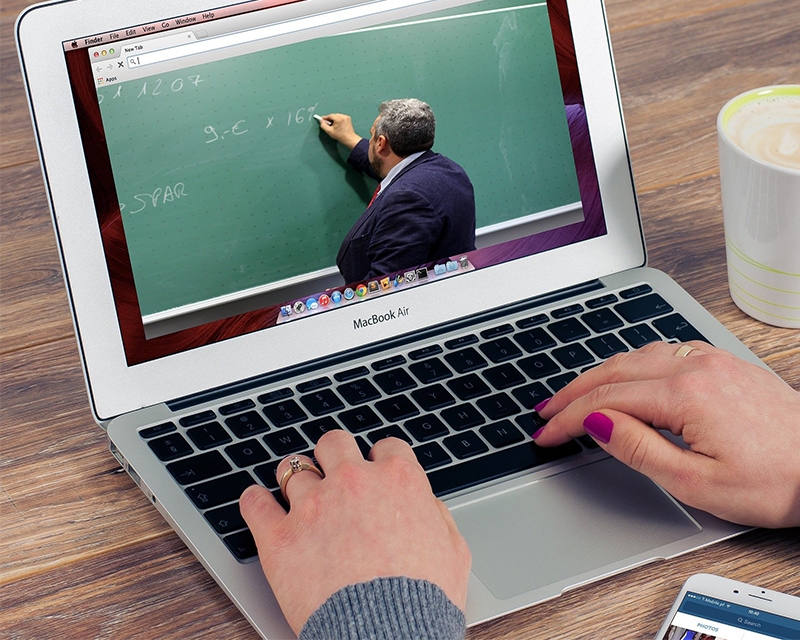As more schools are shifting to virtual learning to proceed with academics in the face of the coronavirus pandemic, the advantages and disadvantages of online education have become a widely discussed topic. Discussions regarding the physical and mental effects on students especially have gained the most attention, and more emphasis has been placed on developing new lifestyles to adjust to school closures. With this newly adapted system that has various limitations for communication and activities, it seems essential to acknowledge and address how students are coping with online classes mentally and physically.
“I do believe that with an extended period of time using an online platform for high school education, students will start to notice more burnout and stress,” said Tyge Shelby, Physical Education teacher. “The students at SIS, as well as students at other high achieving schools, seem to be already dealing with a lot of stress, so the last thing they need is more stress on top of it. Also, it is hard to stay motivated to be active when you spend the majority of your day inside, sitting behind a computer, without a lot of physical interaction with your friends.”
One of the rising concerns regarding virtual learning is its limitation in encouraging physical activities. For instance, most projects that normally require students to take active roles have been adjusted so they could be done digitally with the least amount of physical input. In addition to the modified assignments, students have been taking naps and break times irregularly during school days, resulting in unstable sleep patterns and unhealthy lifestyles. With physical education class also done online, the lack of exercise in students’ lives seems to be a growing problem.
“These days, I spend most of my time in my bed,” said Xavier Kim (10), who is adjusting to virtual education. “Since no class except for physical education requires students to exercise, it is definitely hard to maintain a healthy lifestyle. Therefore, I think it is important for students to make time after school to exercise independently, but with the growing workload and severity of the coronavirus, only short and easy workouts seem manageable for students.”
In addition to physical impacts, students have been experiencing mental effects through virtual learning. However, in contrast to the difficulties students have experienced in the physical aspect, discussions regarding how virtual learning has affected their mentalities have not been entirely negative. Some, on one hand, have even considered the system more relaxing and comfortable, with more time to complete assignments and enjoy individual free time. On the other hand, however, many other students expressed their longing to return to the school environment to engage in social interactions that online classes cannot fulfill. In short, these students revealed that this new system gives them a sense of isolation and loneliness.
“For the first two weeks, I thought virtual classes were actually better than face-to-face education,” said Wooseok Kim(10), who is growing tired of e-schools. “In an isolated environment, I was more concentrated on my work with more productivity. However, now that I am in my room for weeks, I feel like it is more stressful. I barely communicate with my friends, and there is a lack of opportunities to be in social relations.”

